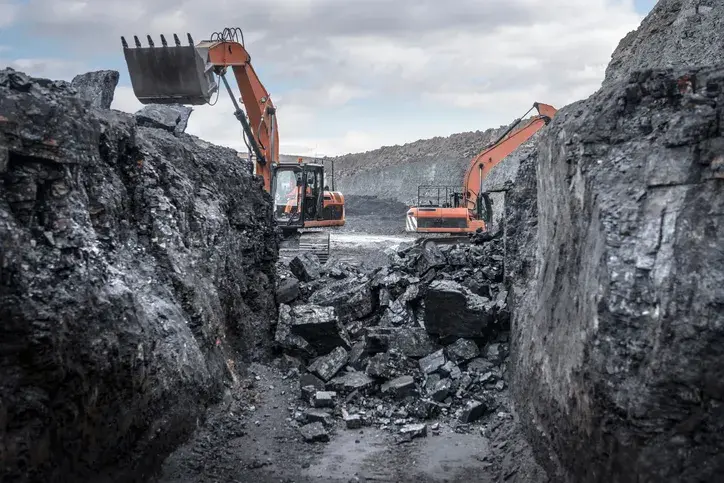ArdorComm Media News Network
July 22, 2025
The Government of India has introduced a comprehensive set of initiatives aimed at enhancing the sustainability and competitiveness of the coal sector, even as the nation steadily increases its reliance on renewable energy sources. With coal still meeting around 55% of India’s energy demand and the country holding the fifth-largest coal reserves globally, the government is striking a balance between energy security and climate commitments.
Focus on Greener Mining Practices
Public Sector Undertakings (PSUs) in the coal and lignite space are implementing widespread environmental and efficiency upgrades. These include large-scale afforestation and bio-reclamation efforts around operational mines to reduce ecological damage.
Energy-saving initiatives have also been scaled up, such as switching to LED lighting, incorporating energy-efficient appliances, deploying electric vehicles, and using smart technologies like auto timers and super fans in mine sites and street lighting systems.
Additionally, treated mine water is being repurposed for community needs — from irrigation and firefighting to fish farming and domestic supply. Several MoUs with state governments aim to expand this supply to nearby villages and towns.
In a move to reduce dependence on river sand and protect ecosystems, coal PSUs are now extracting usable sand from overburden (OB) waste. Nine processing units — including M-Sand and OB-to-sand plants — are now operational, promoting sustainable construction and groundwater recharge.
Embracing Cleaner and Smarter Technologies
Under the First Mile Connectivity (FMC) initiative, the coal sector is modernizing its logistics by shifting to mechanized transport systems. This helps reduce fuel usage and lower carbon emissions.
To minimize environmental disruption, companies are increasingly deploying blast-free technologies such as Surface Miners and Continuous Miners, which significantly cut down on air and noise pollution.
There’s also a growing push towards clean energy and green technologies within the sector. Coal companies are investing in renewable energy projects, coal gasification, and coal bed methane (CBM) extraction. Participation in the Green Credit Programme by the Ministry of Environment, Forest and Climate Change signals the sector’s proactive stance toward environmental responsibility.
Reducing Imports and Enhancing Domestic Supply
India is steadily reducing its reliance on imported coal. According to Union Coal and Mines Minister G. Kishan Reddy, coal imports dropped from 264.5 million tonnes in FY 2023–24 to 243.6 million tonnes in FY 2024–25.
This shift is driven by measures such as faster coal block allocations, greater private sector involvement, digital adoption in mining operations, and faster clearances for mining projects. An Inter-Ministerial Committee (IMC) has been established to promote import substitution and is working directly with power plants to align their needs with domestic coal supplies.
Infrastructure developments, including new railway lines and expanded FMC corridors, are also improving coal evacuation and logistics, ensuring faster and more reliable deliveries across regions.
Through these integrated steps, the Indian government is ensuring coal remains a stable and competitive component of the country’s energy mix — while simultaneously advancing toward a greener, more sustainable future.
Source: DD News


